CHOOSE A TYPE OF TV/AUDIO PRODUCT
There are many reasons why you might be on the hunt for a new TV. You could be replacing an older model, upgrading in size and technology, or maybe you just want to have the latest features and functions! Whatever your reason, you should always consider the below points:
- What room or space will the TV go in? Will the TV be the main component of your living room or maybe it will go into the home cinema? If the TV will go into a smaller space, then obviously the size of the TV will have to reflect this accordingly.
- What do you watch? Are you a regular TV watcher who is watching free-to-air TV or perhaps you’re an avid movie fan and you want the clearest details? How you use your TV can also determine what resolution your new TV will have.
- Do you partake in other entertainment activities like gaming? Selected TV models will have favourable gaming conditions and if you’re a gamer, you’re best knowing about these features.
-
Do you need a smart TV? A smart TV offers many uses such as browsing the web, streaming from online streaming services or even to connect your TV to other smart devices. The ‘smart TV’ functionality is common in many brands and models and it will broaden
your home entertainment.
For many people, their home entertainment system starts with the TV, which may also double up as the source of sound whether it’s from a TV show, movie or music player/source. For a simple audio solution, you could add in a soundbar,
which may also come with a subwoofer to help you distribute large sound in your room. If you’ve got the space for a more complex entertainment system with sound to match, you could have a stereo receiver/ amplifier, a matched pair
of speakers and at least one music source (like the TV) to bring all the best sound home.
Classic hits to new school tunes, whatever you fancy, great sound starts with the right audio product. When shopping for your audio product, consider the below factors:
- Would you be listening at home or on the go?
- Will the audio product be combined with other audio or TV products or will it be used alone?
- What do you listen to? Would you need particular functions like noise cancelling technology so that you can be fully immersed in your audio?
- Do you want your audio product to do more than just play music? With some audio products you can make calls and control other smart home devices, would you need that capability as well?
TVs of today come in a wide range of brands, sizes and technologies meaning that there’s a large price range you can shop from. A small entry-level TV with very little smart TV functionalities may cost you under $500. A mid-sized TV
with all the current must-haves will cost you anywhere from $1,000-$5,000. If you’re after a large screen size or the latest technologies with incredible 8K Ultra HD resolution, you will be looking at a price range of $5,000 onwards.
With many audio products to fit any listening lifestyle, again, there’s a large price range that you can shop from. Personal audio products like headphones or a small Bluetooth speaker may only cost you up to a few hundred at most,
however smart speakers, soundbars and Hi-Fi systems may cost you between the hundreds to over a thousand. Advanced and complex home theatre systems like those that consist of a soundbar with subwoofers and rear speakers will cost
well over a thousand dollars.
When you’re buying a new TV, it’s important to think about how you use your TV and how often you’re viewing TV content. Where will your TV be placed in your home? How do you use your TV, do you only watch free-to-air TV or do you also stream the latest TV shows from popular streaming services? Do you need a TV that can help find you answers or one that’s easily controlled by your voice? Whatever you need from your TV, we’ll help you find the perfect fit.

SIZE GUIDE
TV screens range in size from 30-inches to a whopping 86-inches. The size of TV that will work in your home depends on the room and how far you are from the screen. See our handy size guide below…

Resolution
Terminology explained
There are many different terms and acronyms used to describe functionality and technology used in TVs. We’ve put together a glossary of the most common terms so you’ll know exactly what they mean…
Technology
Functionality/ Connections







IMMERSE YOURSELF IN THE ACTION
To get the best out of your TV viewing experience, view our TV range to find the best product to suit your personal needs.
Before you can make a decision on what audio product will suit your needs, it’s best to have an understanding of what and how exactly you listen to audio. Our Audio Buying Guide will then help you find the right product and guide you around the different technologies and terminologies.
HIFI SYSTEMS
you’d like? Is the ability to control other smart devices from your audio device important to you?
HI-FI SYSTEMS
Hi-Fi systems come in many shapes and sizes and the one that suits you will come down to how you will use it and what you listen to.
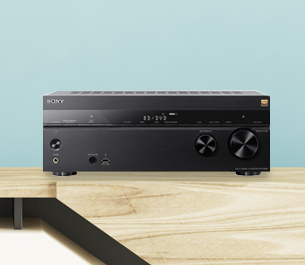
AV RECEIVERS
Where: Large room to multiple rooms
Source: TV, DVD/Blu-ray, radio, streaming via smart devices, gaming console… the list is endless. AV Receivers gives you the ability to connect all your audio and video devices through the one device to send
to your surround sound speakers. They come with varying functionality from a basic plug and play to the ability to play in multiple rooms.
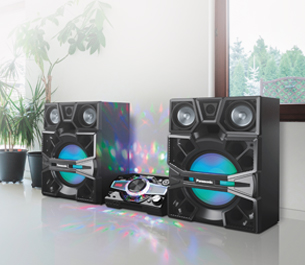
MINI HI-FI
Where: One room to Whole house
Source: CD, USB, radio, music streaming via smart device A mini Hi-Fi system is great if you’re after powerful sound at an affordable price. Some systems can pump out serious power that can send sound throughout
your whole house. Some come with fun functionalities, like disco lighting and DJ mixing controls, karaoke and a P.A system.
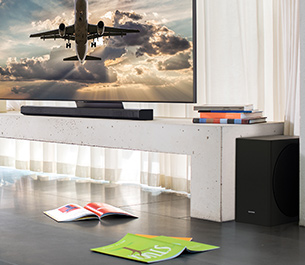
MICRO HI-FI
Where: A small room or closed space
Source: CD, USB, radio, music streaming via smart device Smaller than a Mini Hi-Fi system, Micro Hi-Fi systems are great if you’re tight on space. They take up little room but can provide powerful sound. Many
have in-built docks for your smart devices or a USB port to plug into.
CLICK HERE TO VIEW OUR RANGE OF HI-FI SYSTEMS
OTHER TYPES OF AUDIO
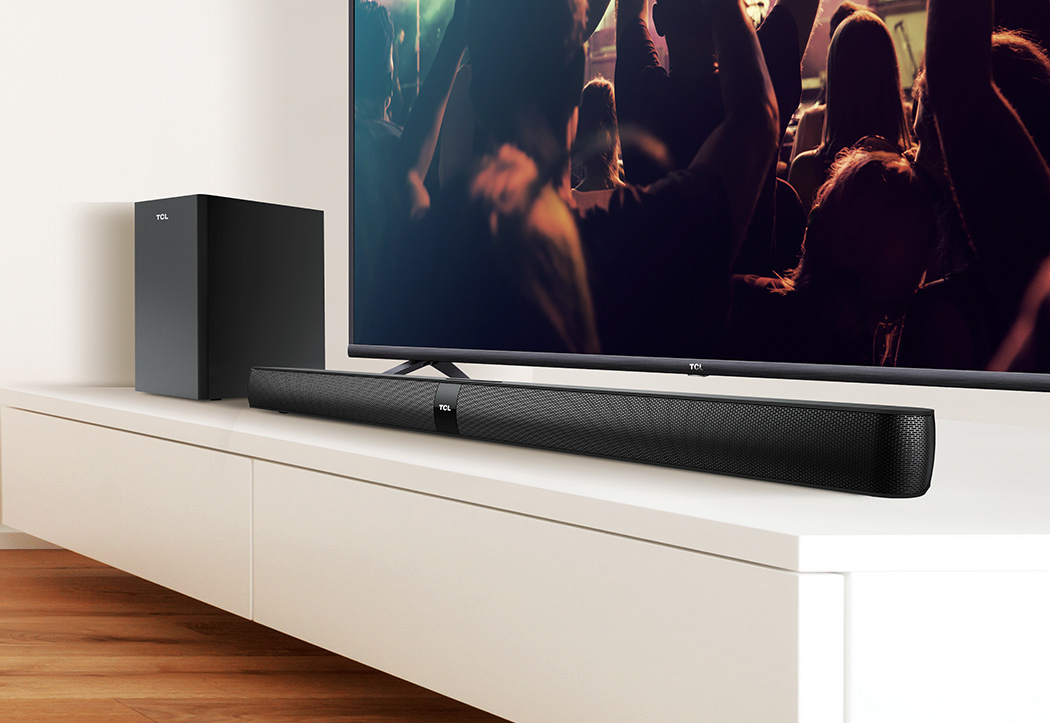
SOUNDBARS
Where: Soundbars are suitable for large rooms like the main living room. The TV and soundbar should be no more than a few metres away from the viewer for optimal enjoyment.
Source: TV, movies and music from the TV and other smart devices
A soundbar does exactly as it indicates – a bar or box containing several speakers that is designed to sit below your TV to give you a great home audio experience. It’s well suited for those tight on space or if you’re
just not interested in the multiple wires and speakers of a surround sound system. Typically, they can be mounted onto your wall or placed on top of your entertainment unit near or under your TV.
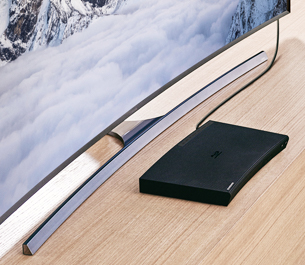
PLAYERS AND RECORDERS
Where: Connected to TV
Source: DVDs, Blu-ray discs, streamed online content, 4K Blu-ray disc
Choosing the right player or recorder depends on a few things, but most importantly you should understand what kind of TV you have. If the TV you have is 4K, then you should consider getting a player or recorder that can
play 4K content. Recorders of today support large file recording, with up to 2TB in capacity so you can record hours of TV shows, movies, live sports and more.

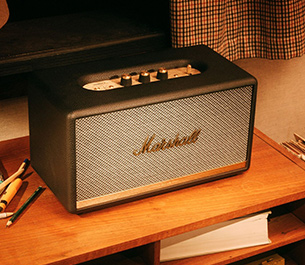
BLUETOOTH® SPEAKER
Where: Anywhere you want – poolside, BBQs, picnics or holidays.
Source: Music streamed from your smart device via Bluetooth®
A wireless Bluetooth® speaker is great if you want to listen to music wherever you are. They are light and portable, making it easy to take with you. Bluetooth® speakers vary in size from a small handheld/pocket size to
those that are bigger that are perfect for the benchtop, providing bigger sound yet still offers portability.

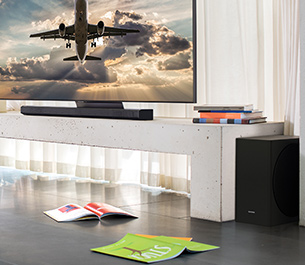
SMART SPEAKERS
Where: In the home, from the living room to smaller areas like the kitchen or bedroom.
Source: Music streamed from your smart device via Bluetooth®
Smart speakers can be controlled with your voice via the many smart assistant systems available like Google Assistant and Amazon Alexa. Using your voice, you can power on your speakers, play songs, change the volume or
playlist and even ask the speaker questions like what today’s weather will be. As the speaker accesses the web, it can provide answers to simple questions you ask it.
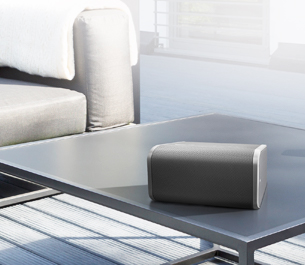
NETWORK OR MULTI-ROOM AUDIO
Where: Multiple rooms in the home or outside in the entertaining area.
Source: Radio, CDs, streamed music from smart devices
If you want the flexibility of listening to music in multiple rooms then networked audio might be the thing for you. Essentially, it’s a speaker system that can operate as a standalone connected to your Wi-Fi or you can
add more speakers from the range to extend your music listening experience.

PERSONAL HEADPHONES
Where: Anywhere you are
Source: Connected directly to your music device or streamed from smart devices via Bluetooth®
The world of headphones has changed dramatically over recent years. While classic plug and play headphones are still on the market, wireless listening via Bluetooth® has taken the headphones category by storm. Some personal headphones also offer noise cancellation technology to help you block out outside noises to really immerse you in your audio, while wired headphones offer unlimited listening capability.
TERMINOLOGY EXPLAINED
As you start to look at different sound systems you will no doubt come across some terms that may be new to you. Below, we outline some of the most common audio technology terms to help with your purchasing journey.
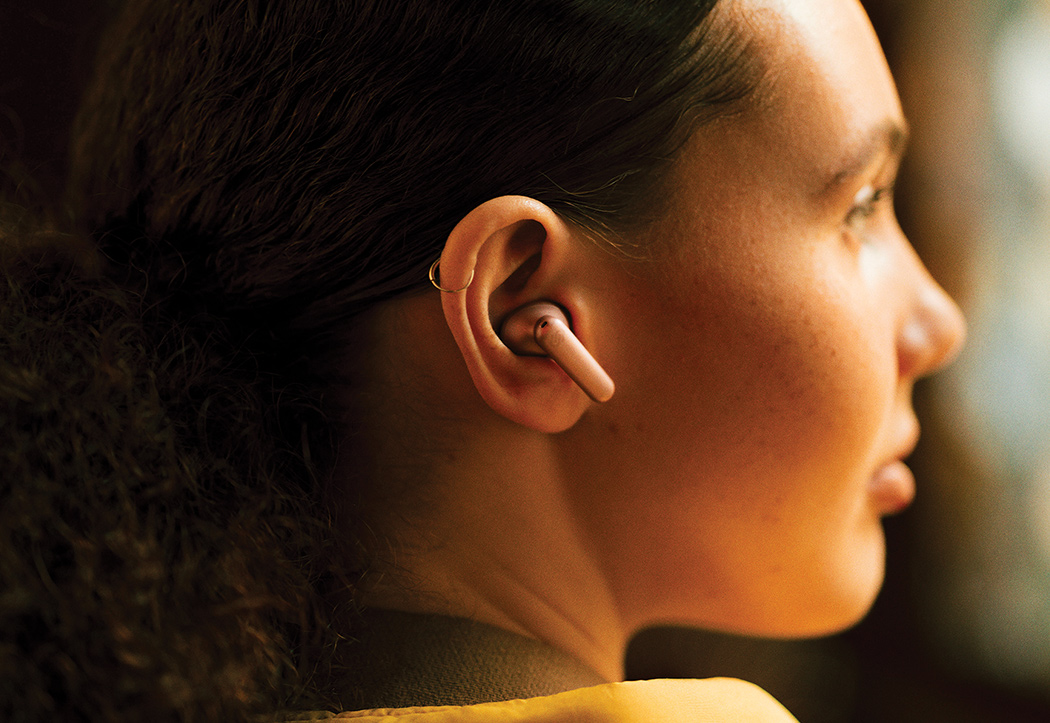
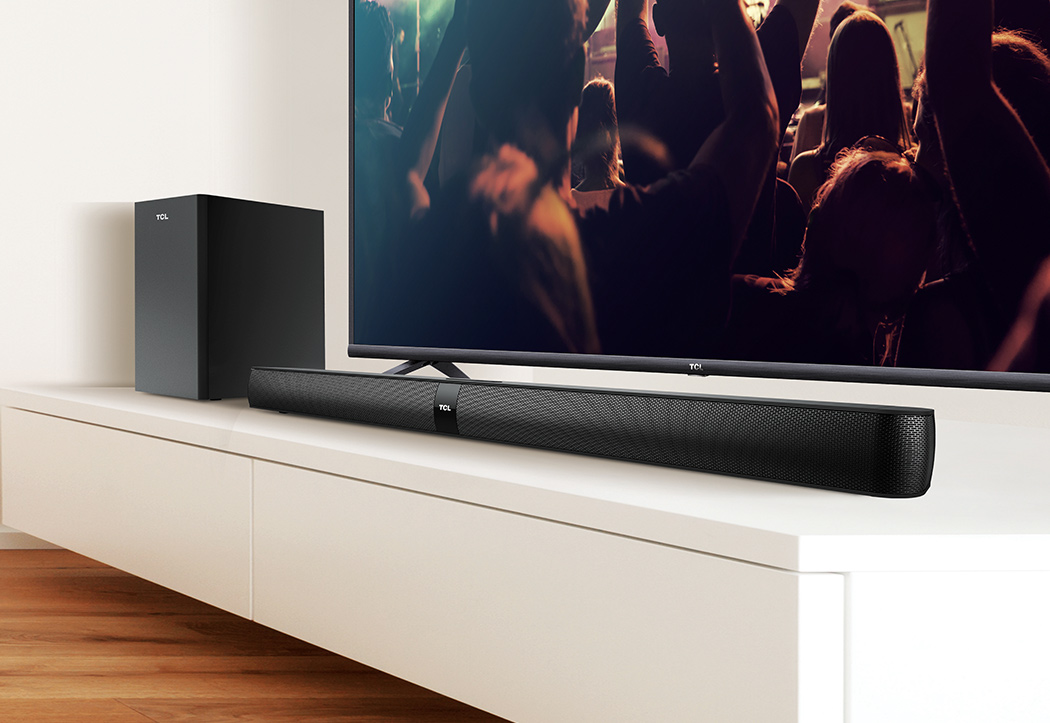

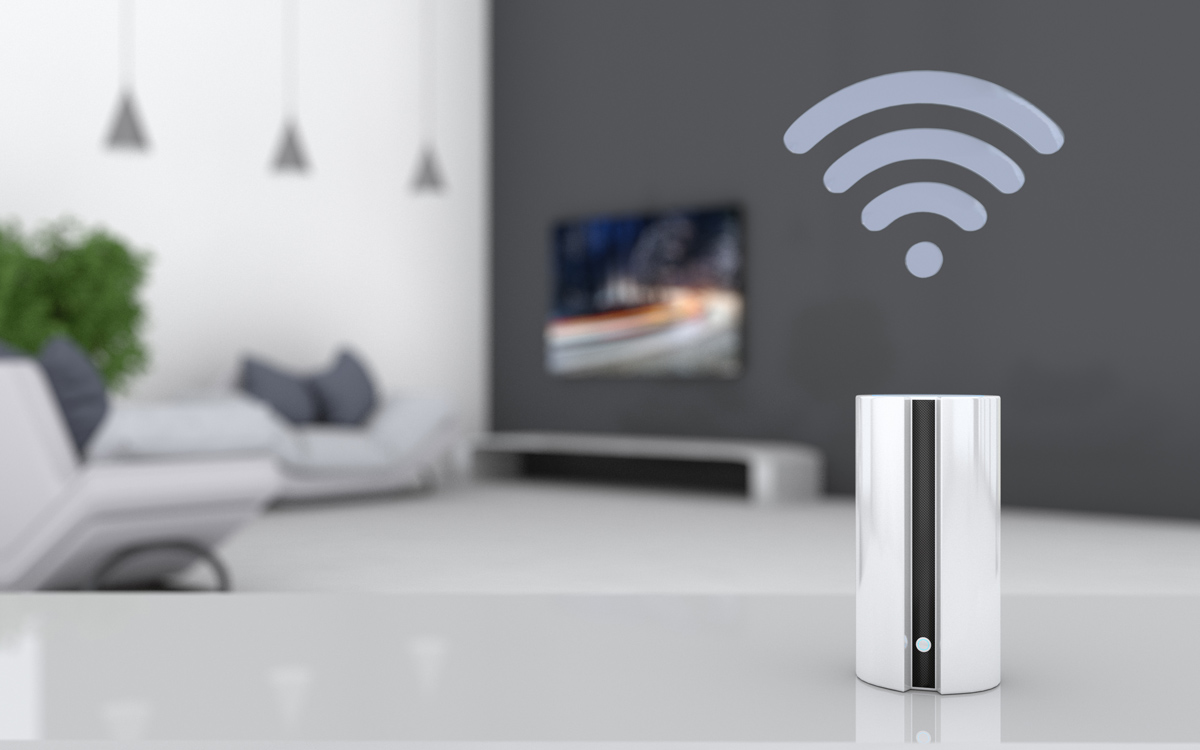
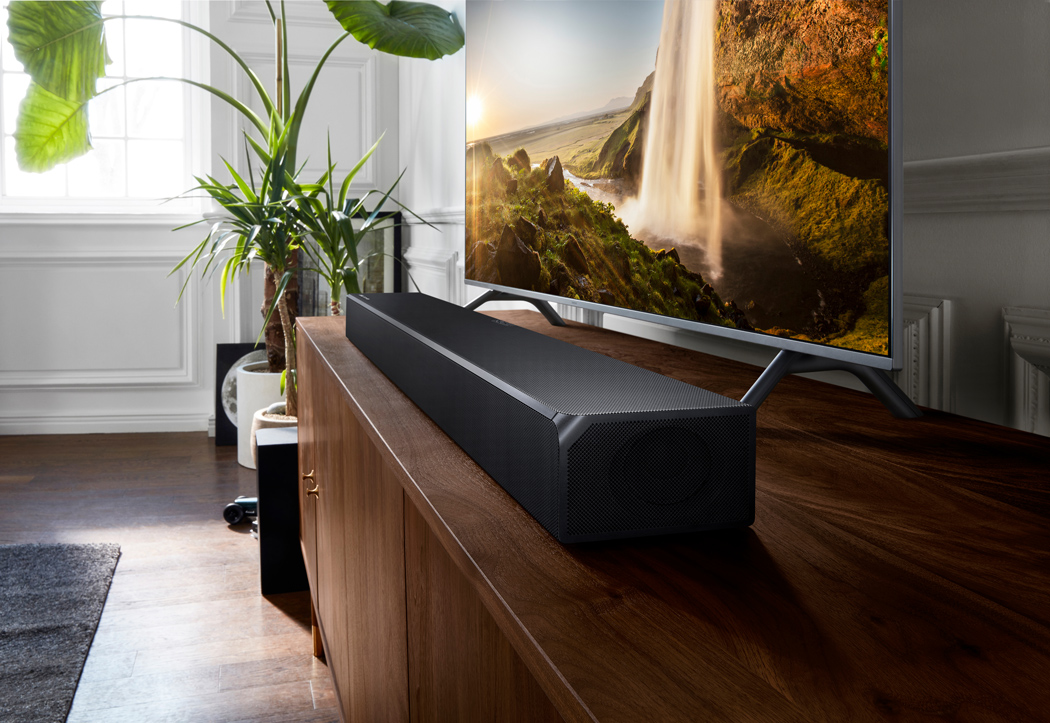
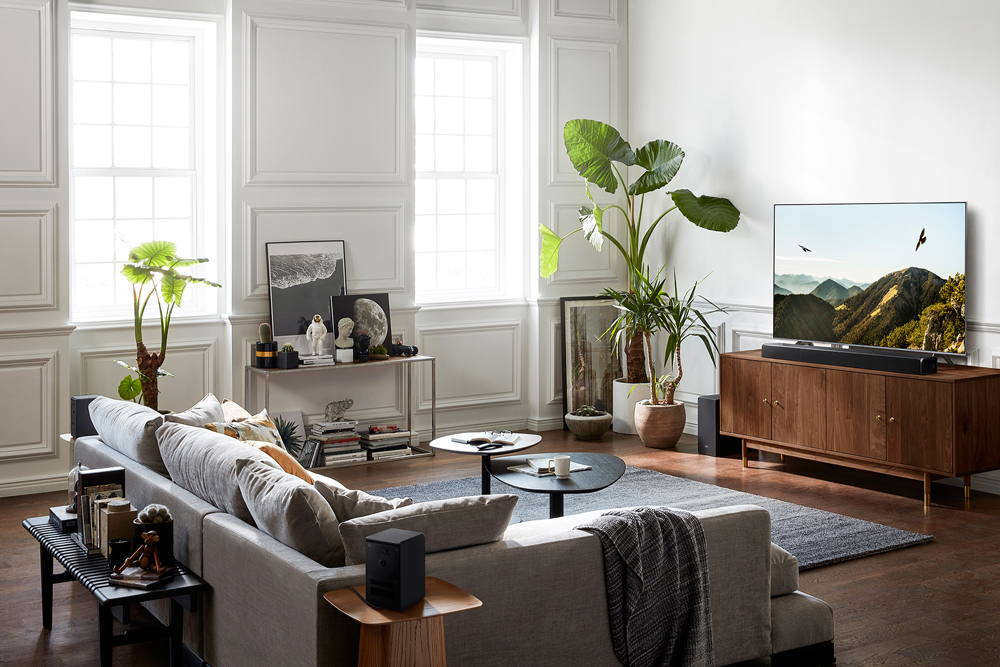
GET WIRED FOR SOUND
For an immersive sound experience, we recommend you browse our selection of audio products to help set up your perfect home entertainment space.





























